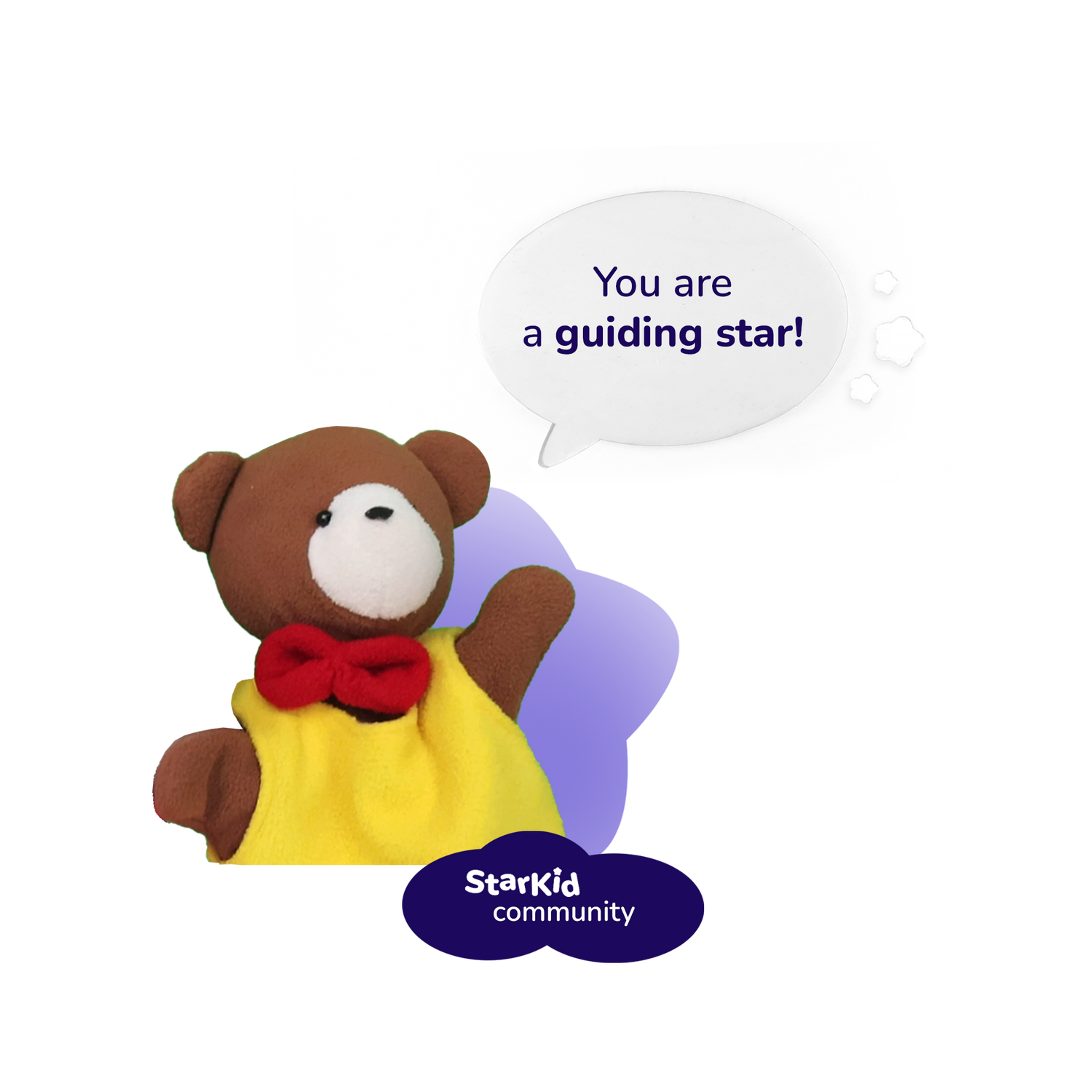Estimated Reading Time: 11–13 minutes
Table of Contents
Understanding the Roots of Social Exclusion
Playing While Anxious: A Misunderstood Reality
Informing Others: Building a Culture of Understanding
Expert Perspective: Dr. Connie Kasari
Maria Barbera’s Insights: Building Foundations First
Alternative Therapy: The Power of Music Therapy
Activities You Can Do with Your Kid
Mindfulness for Social Connection
Conclusion: Patience, Practice, Progress
The sight of a child standing without companionship at school pick-up time becomes an overwhelming experience for every parent who witnesses their child isolated during merrymaking. Many autistic children face social exclusion as an unpleasant routine during their daily lives.
Social and communication limitations of autism spectrum disorder (ASD) form the basis for the complex reasons behind this experience. Your StarKid can have more rewarding social connections through the right support, along with patience and appropriate approaches, even though they encounter such challenges.
Understanding the Roots of Social Exclusion
Social interaction represents a special challenge for children with autism spectrum disorder. Autistic children encounter communication problems due to speech restrictions alongside altered perception of tone, context, and non-verbal signals—causing obstacles to friendships (American Psychiatric Association, 2013).
The exclusion deepens in cases where non-verbal or minimally verbal communication is present. Theory of Mind development problems represent a major contributing factor, as these delays or impairments prevent individuals from recognizing that others have separate mental processes and experiences (Baron-Cohen, 1995).
Regular children interact socially with ease, but StarKids face challenging social exchanges each time they speak with someone.
What does their tone mean?
Are they joking?
What should I say next?
The process of joining play activities or conversations becomes overwhelming for children who cannot naturally understand social communication signals.
Playing While Anxious: A Misunderstood Reality
Autistic children are often believed to prefer independent play, but this is a misconception. While some StarKids spend time alone, they typically want social interactions—yet past experiences with rejection or miscommunication create their anxiety (Bauminger & Kasari, 2000).
Social play transitions from relaxation to stress for autistic children. Repeated rejection during early development makes them expect negative peer responses, leading to reluctance to initiate interaction. Without proper intervention, their anxiety often intensifies over time.
Still, autistic children place immense value on friendship and human connection. With proper guidance from parents, teachers, therapists, and peers, social interaction becomes an achievable goal.
Informing Others: Building a Culture of Understanding
Exclusion often stems from how neurodivergent people define “normal” differently than neurotypical individuals. Children notice these differences in communication, interests, and sensory responses.
The key to reducing this gap lies in education. Teachers, counselors, and school staff must understand your child's unique traits to develop inclusive practices. Parents sometimes compose introductory letters about their StarKid to foster acceptance.
Research shows children become more inclusive when they learn about autism (Campbell, 2006). When adults model empathy, most children follow with kindness.
Remember: The problem is not your child’s approach, but others’ reactions. With guidance, children can learn more inclusive behaviors.
Expert Perspective: Dr. Connie Kasari
Dr. Connie Kasari, a leading autism researcher at UCLA, focuses on how autistic children engage with peers. Her research shows that training neurotypical peers to connect with autistic classmates is more effective than simply placing them together in classrooms (Kasari et al., 2012).
She promotes adult-led programs that create intentional, authentic social connections.
Dr. Kasari’s research and resources are available at kasarilab.org.
Maria Barbera’s Insights: Building Foundations First
BCBA and autism advocate Maria Barbera stresses the need to assess basic social responsiveness before introducing complex social skills. Jumping into advanced training without foundational readiness can lead to frustration and negative patterns.
She emphasizes that simply placing autistic children near neurotypical peers doesn’t create meaningful interaction. Structured, intentional guidance is essential.
Maria recommends 25+ hours/week of Applied Behavior Analysis (ABA) for optimal social development.
Discover Maria’s content and podcasts at mariabarbera.com.
Alternative Therapy: The Power of Music Therapy
ABA is well-researched, but Music Therapy (MT) offers an engaging complement for enhancing social interaction.
MT can include:
- Passive: Listening to music
- Active: Singing, dancing, playing instruments, musical games
MT can help:
- Express emotions non-verbally
- Practice imitation and turn-taking
- Develop theory of mind
Autistic individuals often possess exceptional pitch memory and auditory sensitivity (Heaton, 2009), making music a bridge for expression and connection.
Note: MT may not suit children with strong auditory sensitivities.
Activities You Can Do with Your Kid
You can foster social skills at home through fun, low-pressure activities. Here are five practical suggestions:
1. Role-Playing Everyday Scenarios
Practice greetings, asking for help, or making friends using puppets or costumes. Keep it short and celebrate successes.
2. Crafting Social Stories
Create simple narratives like, “Tom wants to join the game…” Visuals and toys can help bring stories to life.
3. Board Games: More Than Just Fun
Teach turn-taking, handling wins/losses, and following rules. Start simple and build up over time.
4. Emotional Charades
Act out emotions like happy, angry, or embarrassed. Great for developing emotional recognition and empathy.
5. Structured Playdates
Start with familiar children and short, structured activities. Be a gentle guide until confidence builds.
Mindfulness for Social Connection
Mindfulness isn’t just about calm—it’s about tuning into emotions, thoughts, and others.
Teaching mindfulness helps StarKids:
- Recognize their own feelings
- Notice others’ social cues
- Lower anxiety in social settings
Try this simple mindfulness exercise:
Sit together, close your eyes, take 3 slow breaths, and reflect:
How am I feeling?
How is the other person feeling?
What small thing can I do to make this interaction better?Want more support for your child’s emotional growth?
Listen to our mindfulness episodes for kids — specially created to help StarKids feel safe, centered, and connected. 🌟
Research supports mindfulness for emotional regulation and social growth in autistic individuals (Spek et al., 2013).
Conclusion: Patience, Practice, Progress
Helping your StarKid navigate social challenges isn’t a race — it’s a journey that unfolds with love, effort, and time.
From structured therapy to musical play to home-based role-play and mindfulness, small, consistent actions make the biggest difference.
With your support, your child can form meaningful friendships and celebrate joyful social moments — bringing heartwarming pride to both of you.
References
American Psychiatric Association. (2013). Diagnostic and Statistical Manual of Mental Disorders (5th ed.). Arlington, VA: American Psychiatric Publishing.
Baron-Cohen, S. (1995). Mindblindness: An Essay on Autism and Theory of Mind. MIT Press.
Bauminger, N., & Kasari, C. (2000). Loneliness and friendship in high-functioning children with autism. Child Development, 71(2), 447–456. https://doi.org/10.1111/1467-8624.00156
Campbell, J. M. (2006). Changing children's attitudes toward autism: A review of the literature. Autism, 10(5), 439–453. https://doi.org/10.1177/1362361306066600
Gray, C. (2010). The New Social Story Book. Future Horizons.
Heaton, P. (2009). Assessing musical skills in autistic children who are not savants. Philosophical Transactions of the Royal Society B: Biological Sciences, 364(1522), 1443–1447. https://doi.org/10.1098/rstb.2008.0327
Kasari, C., Rotheram-Fuller, E., Locke, J., & Gulsrud, A. (2012). Making the connection: Randomized controlled trial of social skills at school for children with autism spectrum disorders. Journal of Child Psychology and Psychiatry, 53(4), 431–439. https://doi.org/10.1111/j.1469-7610.2011.02493.x
Spek, A. A., van Ham, N. C., & Nykliček, I. (2013). Mindfulness-based therapy in adults with an autism spectrum disorder: A randomized controlled trial. Research in Developmental Disabilities, 34(1), 246–253. https://doi.org/10.1016/j.ridd.2012.08.009


